Samantha 0:00
Welcome to Creating Joyful Readers, a podcast dedicated to empowering secondary educators with the tools, strategies, and inspiration to cultivate a lifelong love of reading in their students. I’m your host, Samantha. Tune in each week as we explore the transformative power of independent reading, delve into the latest research on literacy, dissect projects that will help your students showcase what they’ve learned in a unique way, and share curated recommendations of young adult novels that will captivate and engage your learners. Join in as we embark on a journey to create joyful, lifelong readers one book at a time.
Samantha 0:40
Welcome back, joyful readers. I’m so glad you’re here for Episode 20, where we’re going all in on contemporary young adult literature. This episode is packed with everything you need to bring the magic of contemporary lit into your classroom. We’ll start by breaking down the genre details and why it’s great for teens. From there, we’ll dive into practical ways to teach it, from explicitly teaching theme to get students thinking deeply about the text, to engaging activities like book speed dating and creating a literary quote book that students can help show their understanding in an authentic way. If you’re looking to make literature feel more relevant and relatable for your students, this episode is for you. Listen in and let’s bring contemporary lit to life in your classroom.
Samantha 1:17
First things first, what exactly is contemporary YA literature? You’ve probably heard the term realistic fiction used in education, but I really prefer to stick to the industry standard term contemporary. If your students head into their local bookstore, they’re going to see the genre listed as contemporary. Libraries call it contemporary too. I’m not sure exactly why schools refer to it as realistic fiction, but I try to utilize the terms students will see in the wild, so contemporary it is. For our purposes, you might hear me use them interchangeably. Essentially, contemporary YA refers to stories that are set in the present day and reflect the current social, cultural, and technological landscape. These books dive into the issues, challenges, and experiences that today’s teens face. One of the best things about contemporary YA is how relatable it is. The characters are often grappling with themes like identity, relationships, mental health and family dynamics, things that readers can easily connect with because they’re dealing with the same things in their own lives. Plus authors do an incredible job of portraying a wide variety of perspectives so readers can see themselves in stories no matter where they come from.
Samantha 2:20
Now let’s take a quick trip through time and see how contemporary, why it evolved. It all started back in the 1960s when the genre emerged as a response to the growing demand for books that actually spoke to teenagers about their lives and struggles. Before that, most books for young readers were categorized as juvenile literature, which didn’t quite capture the more complex experiences of adolescents. By the 1970s and 80s, the genre started to expand, covering more diverse themes and experiences. Authors weren’t just focusing on typical teen drama anymore. They began to explore identity, social issues, and relationships in ways that reflected the rapidly changing world. The 1990s brought a surge in what we now call contemporary. Writers really dug deep into issues like mental health, sexuality, and cultural identity – issues that were often overlooked in books before then. Fast forward to the early 2000s and we saw the rise of sub genres like coming of age stories, stories featuring marginalized voices and so much more. And today, the genre is more inclusive and diverse than ever before. Contemporary YA is constantly evolving, and that’s what keeps it fresh and exciting.
Samantha 3:24
Let’s talk about some of the recurring themes in contemporary YA literature. These themes are really what make the books feel so relevant to teen readers. First, identity and self discovery. Many contemporary YA books center around characters finding out who they are, whether it’s about gender, sexuality, cultural identity, or just learning to accept themselves. Friendships and relationships. From the complexities of friendships to navigating romantic relationships, Contemporary YA tackles it all. Coming of age. As readers, we watch characters grow up, make mistakes, and learn valuable life lessons. Mental Health. With so much focus on mental health today, many YA authors are addressing issues like anxiety, depression, and coping with trauma. Social justice and activism. YA literature is full of stories about teens who take a stand for what’s right, whether it’s in their community or the world. Loss and grief. These stories help readers process complex emotions like the death of a loved one or dealing with change. Peer pressure and conformity. Teens are often faced with tough choices between fitting in or staying true to themselves. Resilience. The best contemporary YA books are all about characters who overcome adversity, no matter how tough life gets.
Samantha 4:32
As much as we love contemporary YA, it’s not without its criticisms. Here are five common ones you might hear .Stereotypical tropes. Some critics say contemporary YA relies too much on common tropes like unlikely friendships or predictable love triangles. If you know me, you know I hate a love triangle. This can feel repetitive to readers who want something fresh. Over emphasis on romance. While love stories are often central to these books, some argue that contemporary YA places too much focus on romance and not enough on other themes like personal growth or family dynamics. Simplistic writing style. Another critique is that some YA books have a writing style that’s too simple. Some feel that the genre doesn’t always push teens to think critically, but this is definitely not true across the board. Lack of diversity in themes, while we’ve seen a lot of progress, some argue that there’s still not enough representation of different cultures, socioeconomic statuses, and experiences. But luckily, more and more authors and publishers are stepping up to fill this gap. Trend following. Contemporary YA has been known to jump on the latest trends, whether it’s popular issue or narrative structure that worked in another bestseller. This can sometimes lead to oversaturation, and readers may feel like they’re reading the same story over and over again. Here’s the thing, none of these criticisms define the genre as a whole. The beauty of contemporary YA is how diverse it is, and authors are constantly working to address these issues and offer something new.
Samantha 5:53
So why teach contemporary young adult? Teaching contemporary YA literature to your students is a powerful way to engage them with stories that are both relatable and relevant to their lives. These books tackle the issues, challenges, and experiences that today’s teens are facing. Everything from identity and mental health to relationships and social justice. By bringing contemporary YA into the classroom, you’re giving students the opportunity to see themselves in literature, fostering empathy and understanding for diverse perspectives. Plus contemporary YA books often spark meaningful discussion about real world topics, encouraging critical thinking, and helping students navigate their own experiences. It’s a genre that speaks directly to the modern teen experience, making it a must have in any secondary classroom.
Samantha 6:37
Teaching contemporary YA literature can be a rewarding and engaging experience for both you and your students. I recommend pairing this genre with a literary element theme as it flows naturally and allows students to explore real world issues in depth. I’ve used conflict as well, but have found that theme tends to work much better. To start, I like to introduce students to the genre’s key characteristics. What makes contemporary YA well contemporary before diving into the intricacies of theme, I find that this helps students draw connections between the genre and the literary elements they’re studying.
Samantha 7:09
One of my favorite activities for teaching contemporary YA literature is book speed dating. This is a fun and efficient way for students to sample several books from the genre, helping them find a title that resonates with them. First select the novels you want to have as options. Next, create as many groups as you would want, and have a notes page of some sort for students to write on. Give students a few minutes for each group, I usually give about five minutes, and be sure to set a timer so everyone can see. Model what students should be doing first. Think aloud your thought process as you work over the novel and decide if it’s something you would want to read so they can see how it’s done. At the end of the lesson, have students turn in their notes, or utilize an exit slip, so you can assign novels to each student based on their choices. This is a great way to expose students to a variety of stories in a short amount of time, especially in genres where there are so many choices. Plus it adds an element of excitement to the selection process.
Samantha 8:02
Another activity I love is a literary quote book project. Students identify key quotes from the books they’re reading that reflect the theme and compile them into creative book of quotes. They can make this book on paper with hand drawn illustrations, or use a program like Canva to turn it into a digital masterpiece with pictures and quotes. Have students write a reflection when their books are completed to really hit those upper levels of blooms. It’s a hands on way for them to analyze and showcase their understanding of the story’s message. If you’d like more details about any of the activities I discussed today, I have a full contemporary literature circles unit available in my teachers pay teacher shop, Samantha In Secondary. Just search contemporary or head to the show notes for the link.
Samantha 8:42
Today, we’ve had a fantastic dive into contemporary YA literature, and I hope you’re feeling inspired to bring this genre into your classroom. We kick things off by defining what contemporary YA is – stories that reflect the lives and struggles of today’s teens, before exploring how this genre has evolved over the years. From there, we took a closer look at some of the big themes in contemporary YA, like identity, mental health and social justice, which make these books so relatable and powerful for students. I also shared some of my favorite activities for teaching contemporary YA, including book speed dating – a fun and engaging way for students to discover new books, and the literary quote book project – where students get creative and analyze key quotes that reflect the themes of the books they read. These activities are designed to help your students connect with the text and with each other in a meaningful way. I hope this episode helped you see the incredible potential of contemporary YA literature. Be sure to check the show notes for links to the resources I mentioned, and tune in next week as I feature some of my favorite contemporary YA novels. Thanks for listening and happy reading.
Samantha 9:42
Thanks for tuning in to creating joyful readers. I hope you found inspiration and practical strategies to ignite a passion for reading in your students. Remember every book we introduce and every reading experience we foster can transform lives and help students become lifelong readers. Follow me on social media at Samantha In Secondary. For more tips book recommendations and to connect with a community of educators dedicated to making reading a joyful journey, until next time, happy reading.

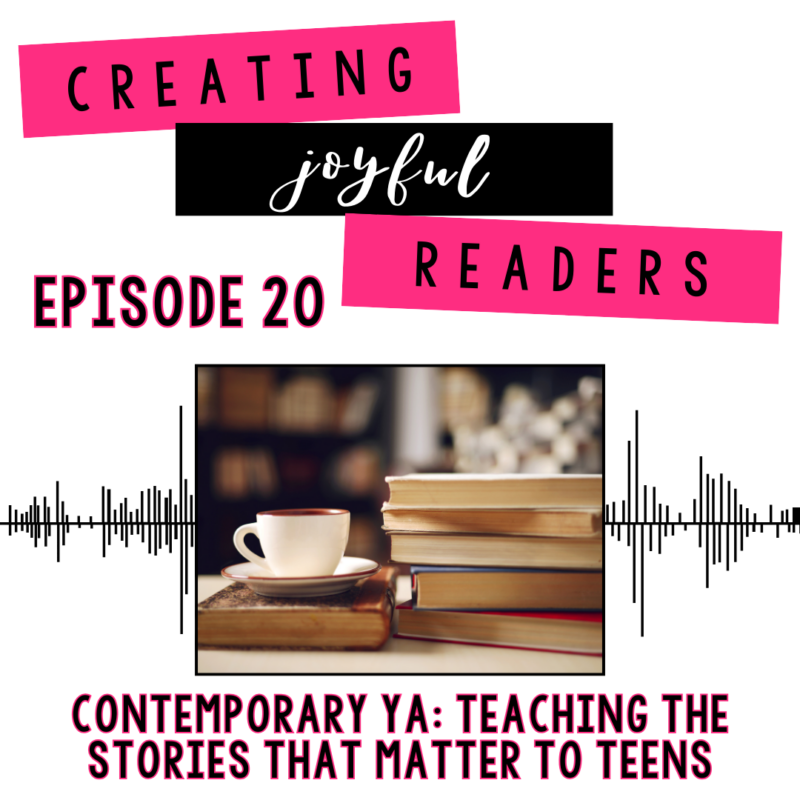
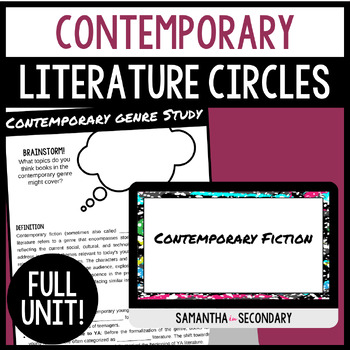
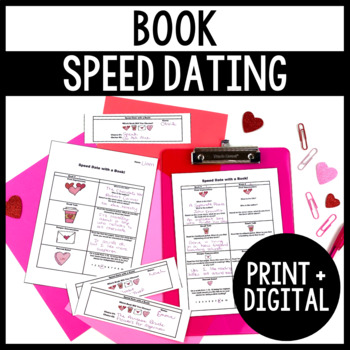
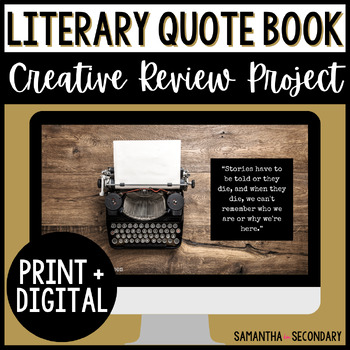
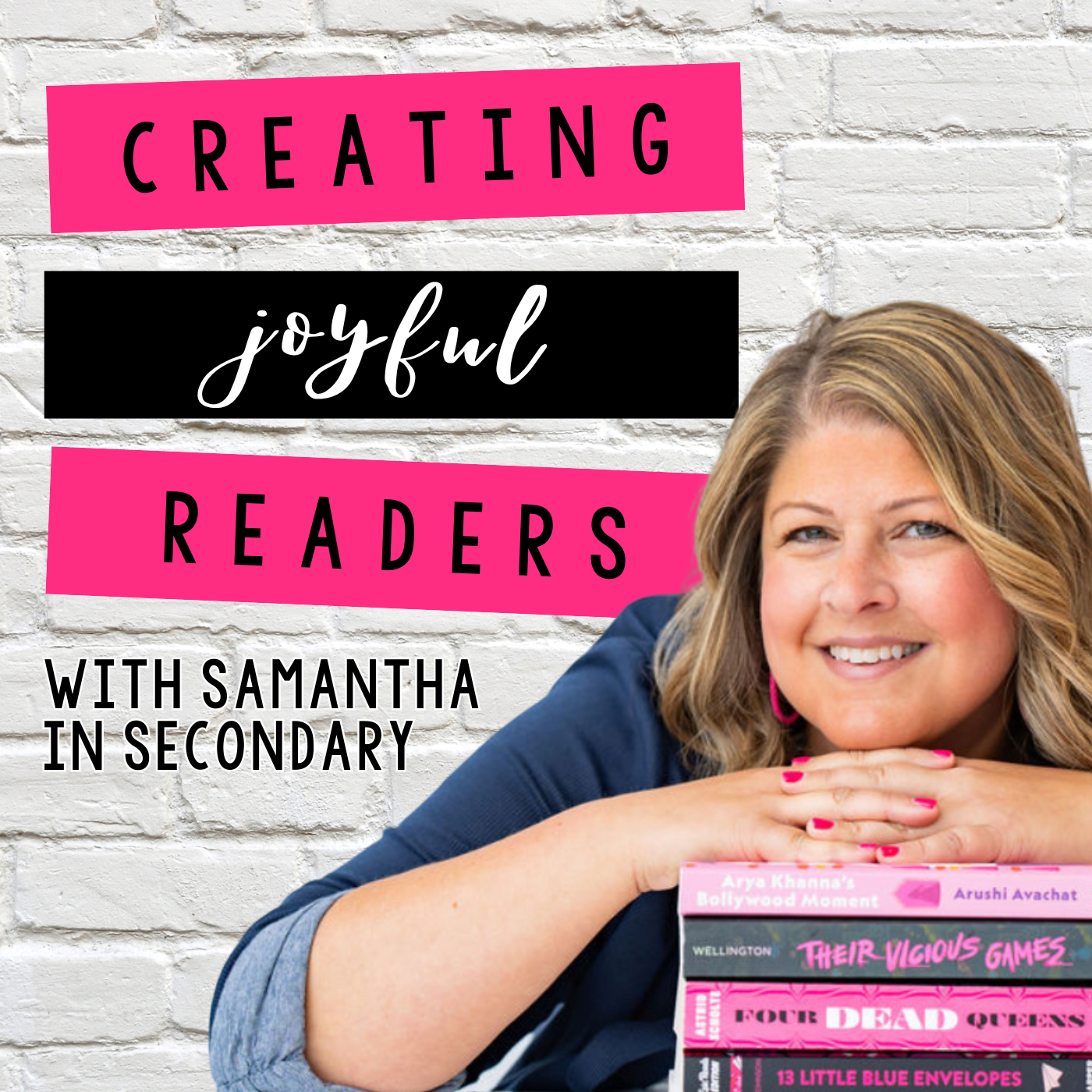



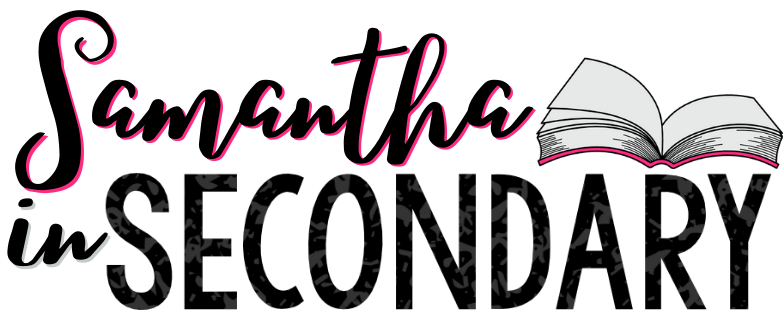

 How can poetry
How can poetry 
 Poetry is
Poetry is

 Do you ha
Do you ha
 Press play on this clip
Press play on this clip